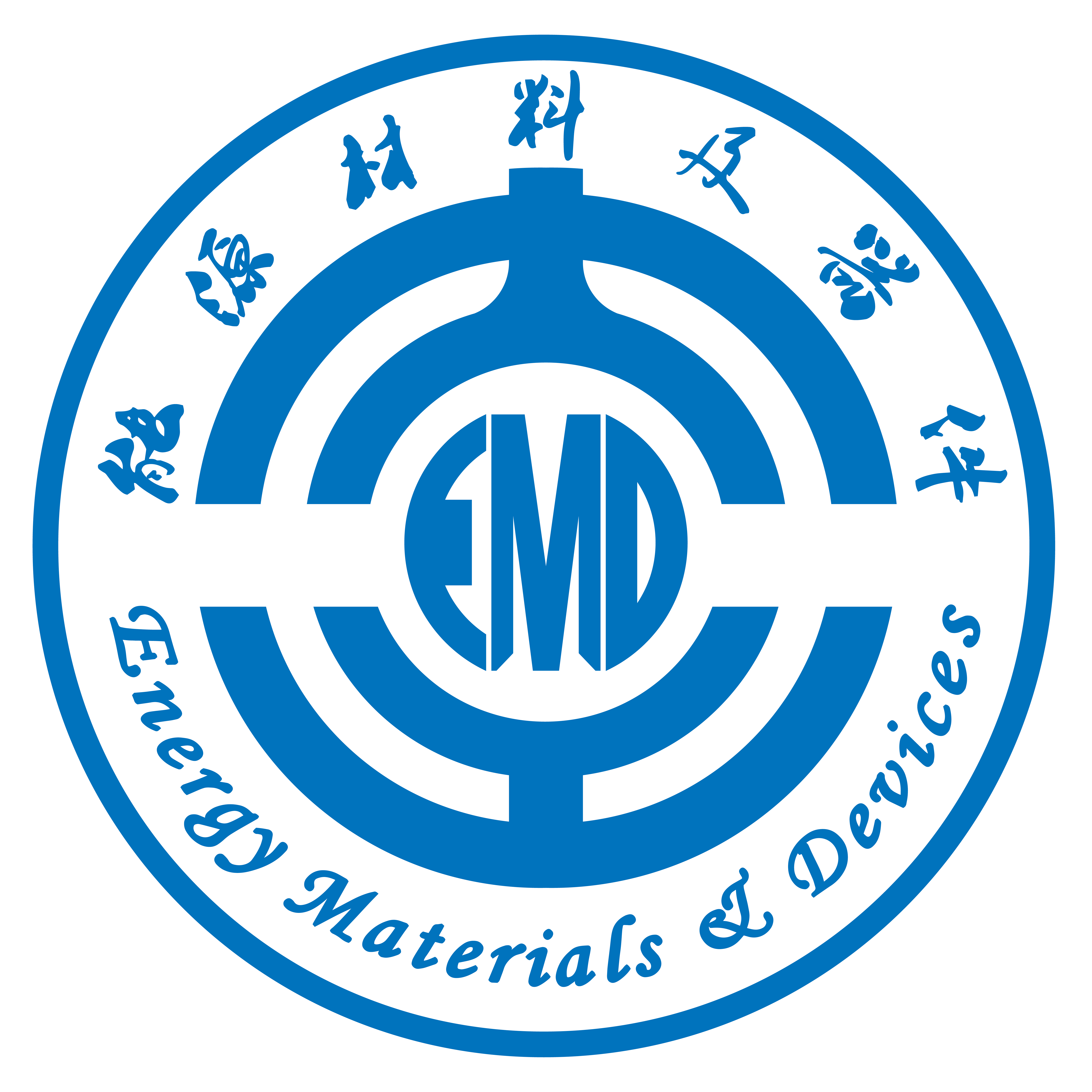Abstract: Polar molecules and graphene oxide (GO) have been used as the shell materials to prepare core–shell structured particles with enhanced electrorheological (ER) properties. Nevertheless, few studies compared the ER performance and stability of the suspensions with the two kinds of shell. In this study, urea and GO are used as the shell materials to prepare TiO2/urea and TiO2/GO core–shell particles-based ER fluids, respectively. Particle characterization results indicate the two kinds of core–shell structured particles present little change in size, morphology and crystal structure compared with the bare amorphous TiO2. Some polar groups are distributed on the surface of the two kinds of core–shell structured particles, which is responsible for their improved ER performance with respect to the bare TiO2 particles. The TiO2/GO particles-based ER fluid presents higher yield stress, lower leakage current density, better sedimentation stability but lower ER efficiency than the TiO2/urea particles-based sample. The larger surface area, stronger connection with the bare TiO2 particles, and larger number of polar groups of the GO-coating is the possible reason for the different properties of TiO2/GO particles-based ER fluid compared with the TiO2/urea particles-based sample.
http://dx.doi.org/10.1088/0964-1726/25/1/015033

